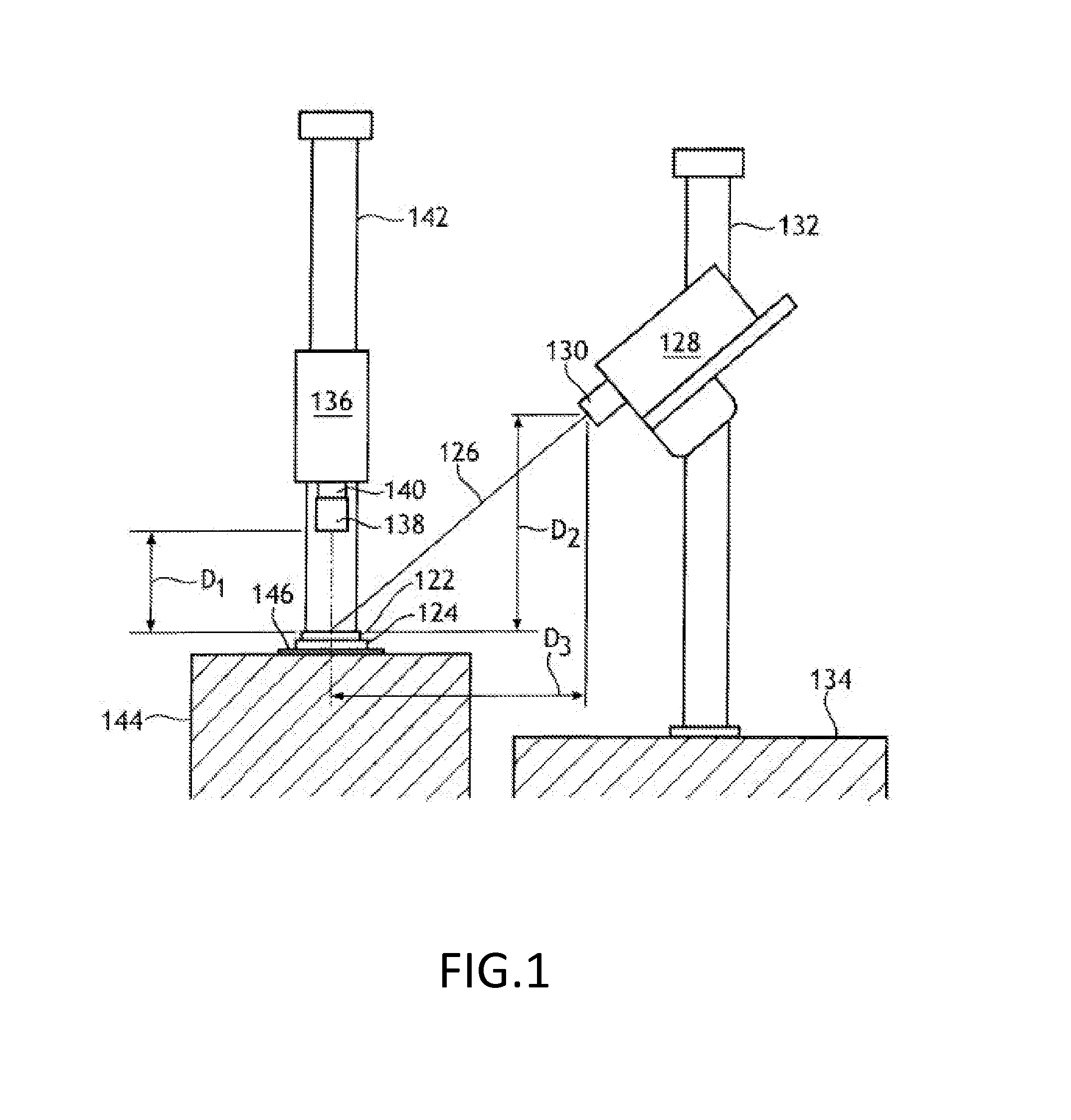Creped prebiotic tissue
a prebiotic and tissue technology, applied in the field of creped prebiotic tissue, can solve the problems of limited consumption of oral prebiotics, limited polysaccharides, and general limitation of digestible polysaccharides
- Summary
- Abstract
- Description
- Claims
- Application Information
AI Technical Summary
Benefits of technology
Problems solved by technology
Method used
Image
Examples
examples
[0147]Inventive sample codes were made using a wet pressed process utilizing a conventional wet pressed pilot scale tissue machine. The sample codes had a target basis weight of about 16.3 gsm. Initially, northern softwood kraft (NSWK) pulp was dispersed in a pulper for 30 minutes at 4 percent consistency at about 100° F. The NSWK pulp was then transferred to a dump chest and subsequently diluted to approximately 3 percent consistency. The NSWK pulp was refined for 8 minutes at about 1 HP-days / MT. The NSWK fibers were added to the middle layer in the 3-layer tissue structure such that NSWK fiber contributed approximately 30 percent of the final sheet weight.
[0148]Eucalyptus hardwood kraft (EHWK) pulp was dispersed in a pulper for 30 minutes at about 4 percent consistency at about 100° F. The EHWK pulp was then transferred to a dump chest and diluted to about 3 percent consistency. The EHWK pulp fibers were added to dryer and felt layers such that EHWK pulp fibers contributed approxi...
PUM
| Property | Measurement | Unit |
|---|---|---|
| weight | aaaaa | aaaaa |
| force | aaaaa | aaaaa |
| weights | aaaaa | aaaaa |
Abstract
Description
Claims
Application Information
 Login to View More
Login to View More - R&D
- Intellectual Property
- Life Sciences
- Materials
- Tech Scout
- Unparalleled Data Quality
- Higher Quality Content
- 60% Fewer Hallucinations
Browse by: Latest US Patents, China's latest patents, Technical Efficacy Thesaurus, Application Domain, Technology Topic, Popular Technical Reports.
© 2025 PatSnap. All rights reserved.Legal|Privacy policy|Modern Slavery Act Transparency Statement|Sitemap|About US| Contact US: help@patsnap.com

